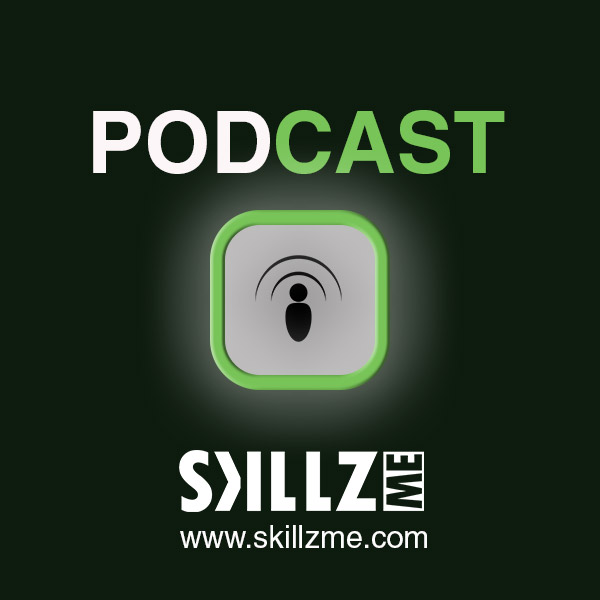The Psychology of Advertising shows us how to use emotional content versus rational content. Each person is exposed to nearly two million TV advertisements and commercials, on average, each year. But because we’re exposed to so much advertising, how do marketers and advertisers make certain ads stand out in the herd?
A brand which keeps in the memories of people is the one who managed to recognize the right trigger of their audience. The numbers are amazing, we can read the below in the graphic.
Fact is that 5.3 trillion display ads are shown online each year. Back in the 1970s, we have been exposed to 500 ads per day, today we get buzzed by over 5000 a day.
So how can we stand out from the crowd? If we compare advertisement campaigns which performed well we recognize emotional content versus rational content. The clear winner is emotional content. An emotional response to an ad has a far greater influence on consumer’s intent to buy a product than the ad’s content does.
The emotion of “likeability” is the measure most predictive of whether an advertisement will increase a brand’s sales or not. Emotional content tends to outperform rational content, says an infographic by USC Dornsife College.
The graphic explains the triggers for sentimental ads which can be seen as themes. The most frequently used themes are pride, love, man’s empathy, loneliness and friendships, memories or unique achievements. Never to forget are our loved colors which play a certain role when it comes to emotion.
Changing the color of a CTA (call-to-action) button on a website’s landing page from light green to yellow, for instance, can INCREASE CONVERSION RATES BY 14.5%.
Adding a colored border around a Facebook ad image CAN DOUBLE ITS CTR (CLICK-THROUGH RATE).
Contrasting the color of two links within a single image CAN INCREASE CONVERSION RATES BY 60%.
In the graphic, we can learn from the big companies out there like Coca-Cola, Dove, or Google who master the emotional rollercoaster with ads.
Furthermore, we can read about the usage of emotive response which can be based on empathy or based on creativity.
To see more tips on how to successfully use “The Psychology of Advertising”, and the examples of brands that elicit emotion, and more, check out the infographic. Join the conversation with your peers, use our commenting section below.
![The Psychology of Advertising: Thinking vs. Feeling [Infographic] The Psychology of Advertising: Thinking vs. Feeling [Infographic]](https://skillzme.com/wp-content/uploads/2018/08/infographic-psychology-of-advertising.jpg)

![Audio Marketing Statistics [Infographic] Audio Marketing Statistics](https://www.skillzme.com/wp-content/uploads/2025/02/hero-image-Audio-Marketing-200x200.jpg)
![The Future of Jobs Report 2025 [Infographic] hero-image-the-future-of-jobs-report](https://www.skillzme.com/wp-content/uploads/2025/02/hero-image-the-future-of-jobs-report-200x200.jpg)
![101: What is Social Media Marketing and Advertising? [Infographic] 101: What is Social Media Marketing and Advertising?](https://www.skillzme.com/wp-content/uploads/2025/02/hero-image-Social-Media-Marketing-and-Advertising-200x200.jpg)


I did the same yesterday – left it dragging all my emails across overnight.
John B. Watson, the former chair at Johns Hopkins University was the first person that implemented the concepts of behaviorism into advertising. And that was back around the 1920’s. That is, understanding the behavior of humans, and applying that in Advertising.